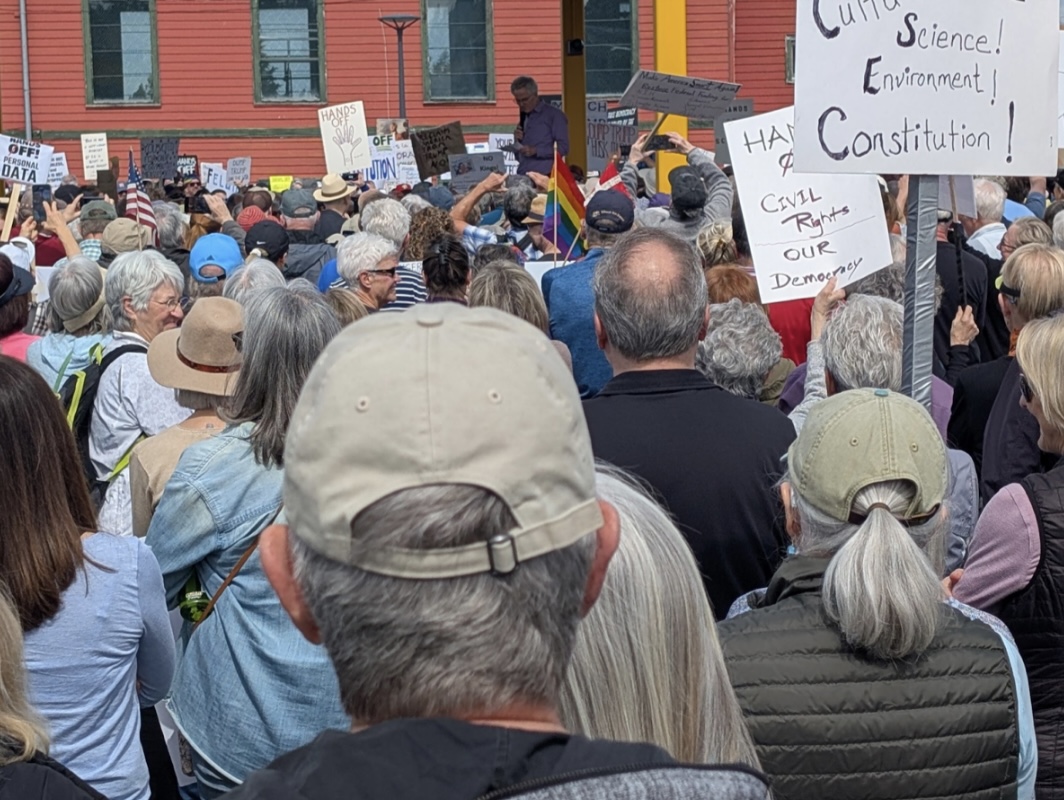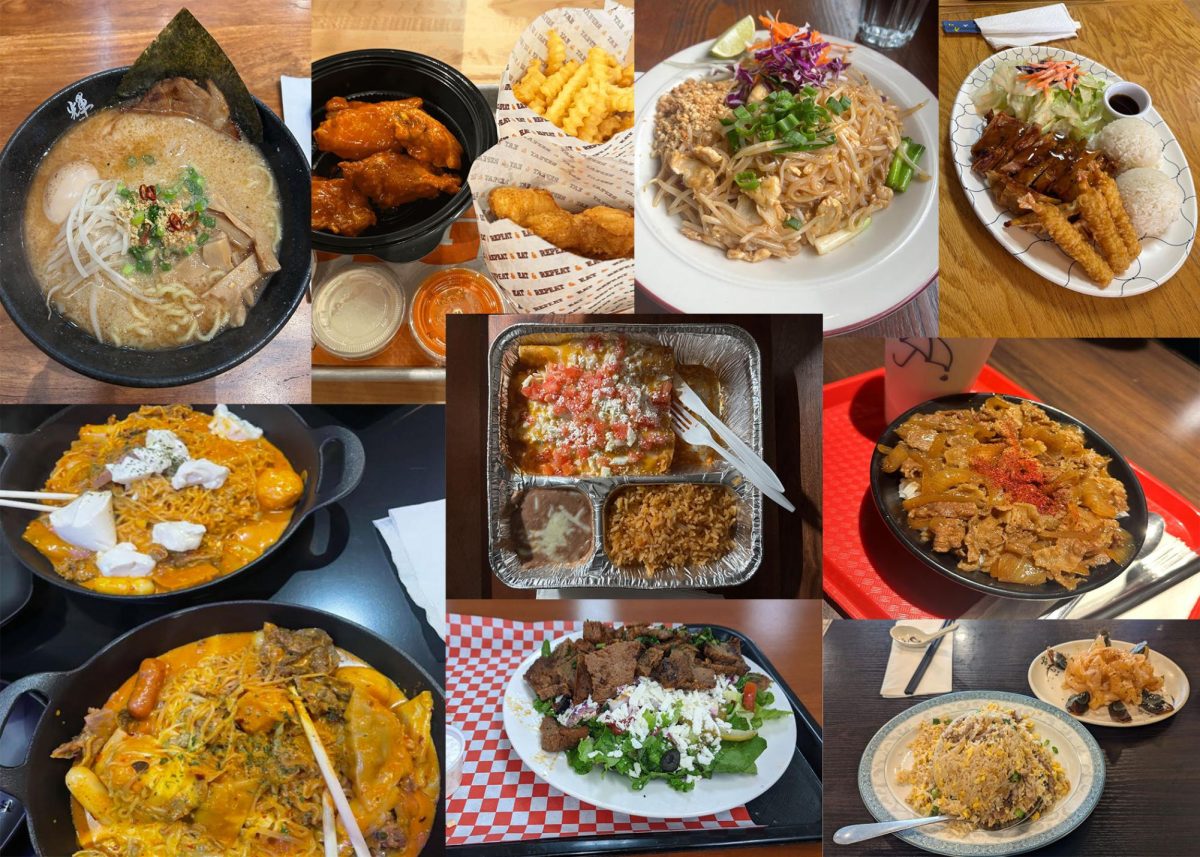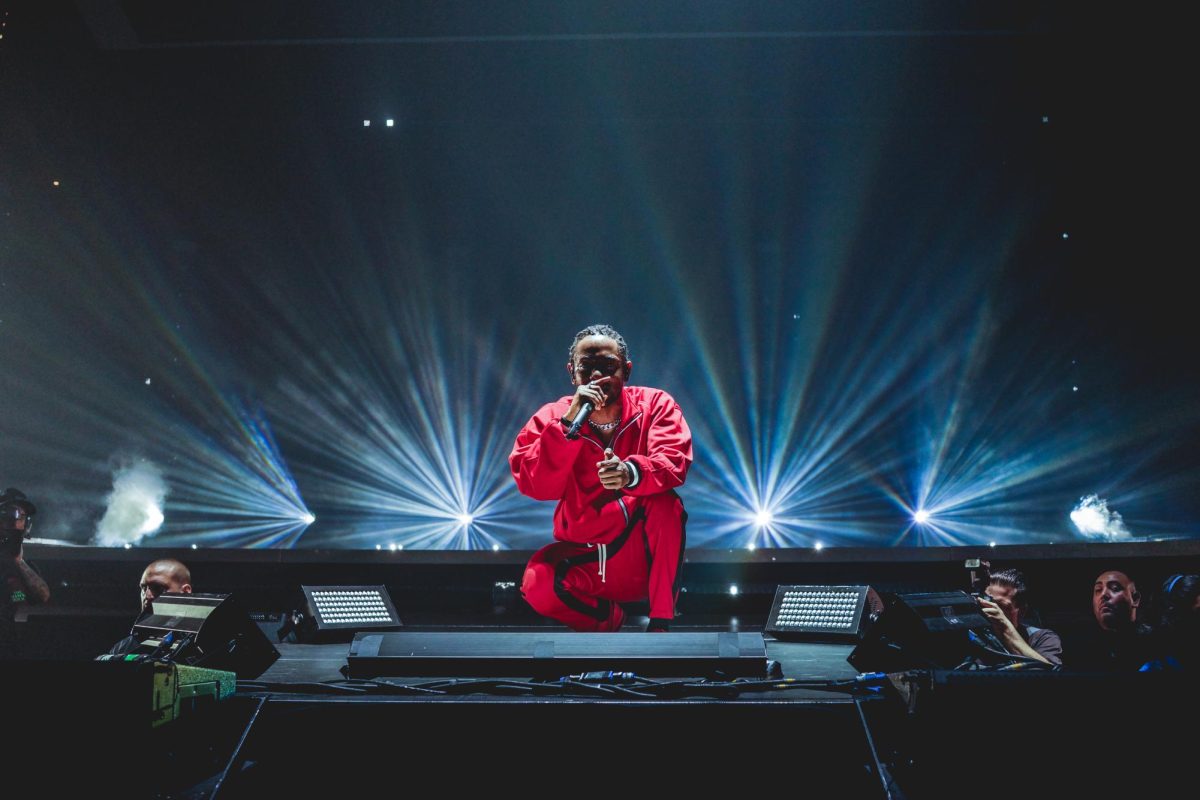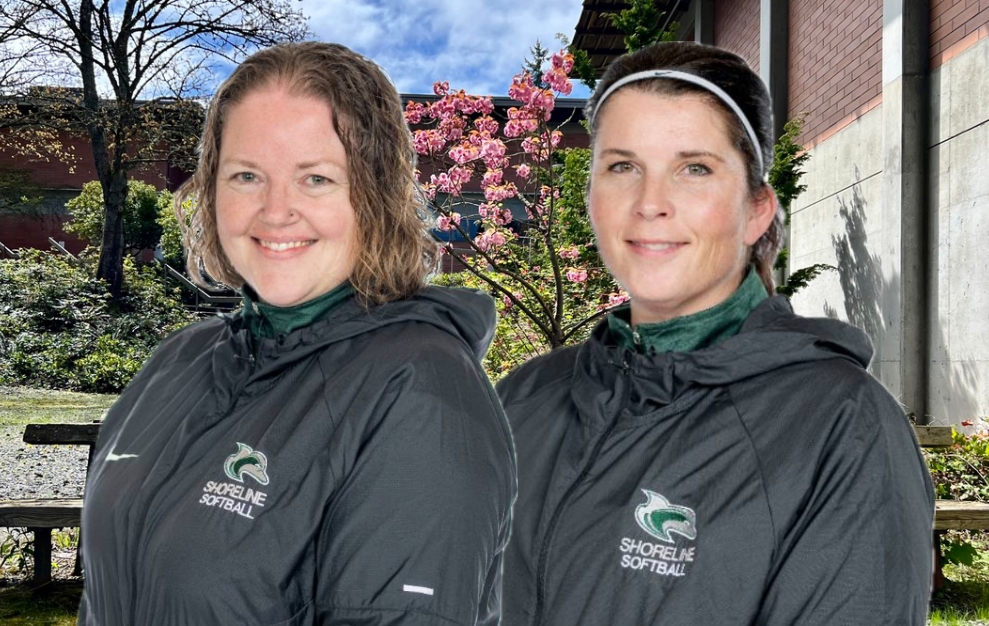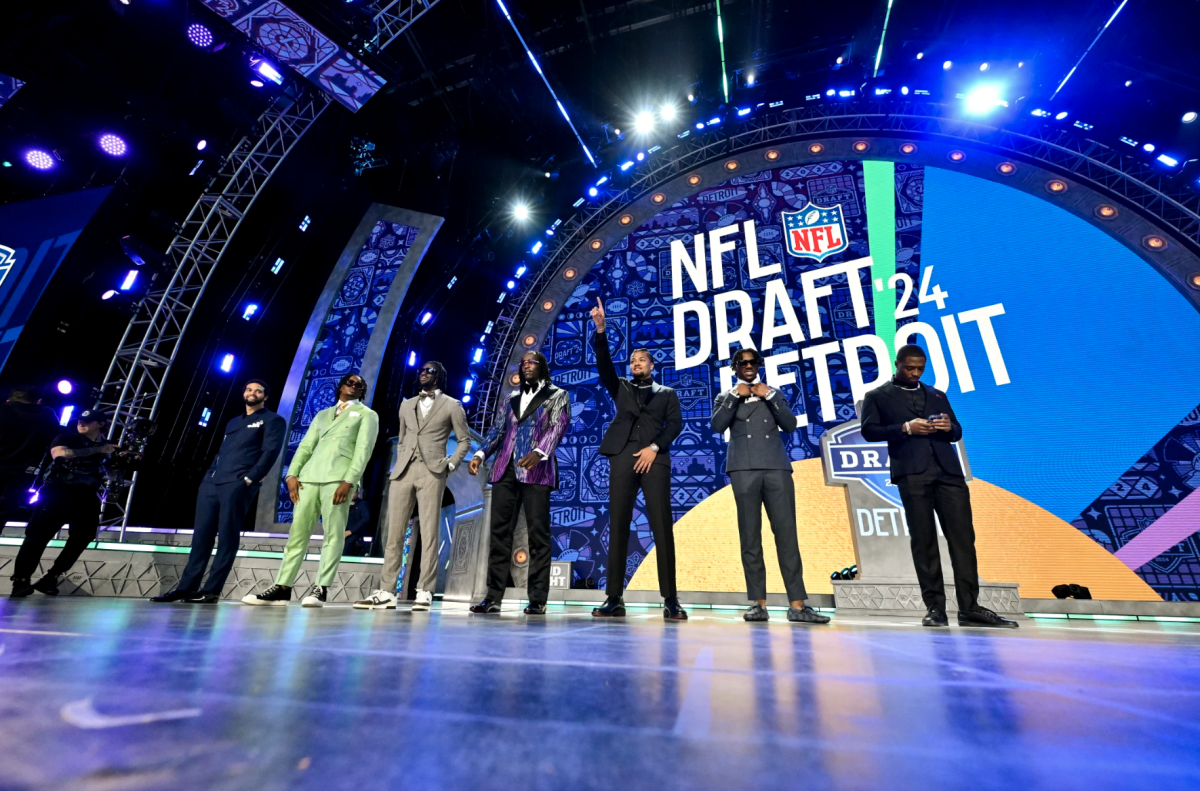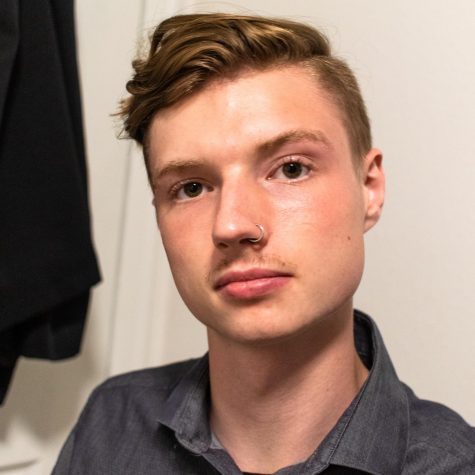THE LACK OF SENSITIVITY TOWARD SCHOOL VIOLENCE
Disclaimer: This story contains descriptions of violence and trauma. If you have post traumatic stress stemming from an act of violence, proceed with caution.
Two weeks ago, a gunman opened fire at the University of North Carolina, Charlotte, killing two students and injuring four. Last week, a pair of students brought guns into a Colorado high school and started firing. Eight students were wounded, one was killed.
These senseless murders are becoming all too commonplace in our society. As our nation ponders prevention strategies, it is equally important to examine how to address the media coverage surrounding these topics.
My Story
By the time this is published, press coverage on the debate over gun control will have all but ceased, and the TV-driven news cycle will have largely moved on from these tragedies. The residents of Charlotte, North Carolina, and Highlands Ranch, Colorado, don’t have that luxury.
I imagine it is a horrifying experience, hearing gunshots echo through your school, wondering if your classroom is next, and cannot comprehend the fear that would course through a students’ veins in those circumstances.
What I do know is the fear and sense of loss that comes from sitting in lockdown watching a King 5 news report about a shooting just down the road. It comes from listening to your friend nervously joke about how he would have been at the table with the victims if he hadn’t skipped class, and from questioning why this happened and why you were spared.
I was a student at Marysville Getchell High School in 2014, the year in which a student brought a handgun to neighboring Marysville Pilchuck High School and killed five of his friends before shooting himself. I will never forget what happened that day.
I don’t want to imply that my suffering is in the same class as those present during an actual shooting. It’s not. Too often society seems to assume that everyone else is okay and that everybody just moves on.
Perhaps it’s because everyone wants to forget, and there’s an element of lingering guilt that people have to live their lives coping with the aftermath of an event that is preventable. Unsurprisingly, that isn’t how it works: These shootings are unforgettable.
Society doesn’t do enough for survivors or the communities affected by these tragedies. In my case, additional counselors were brought into the school for students to talk to, but nowhere near enough to fulfill all of the students’ needs. Besides, the students weren’t genuinely encouraged to see them.
Marysville is a conservative town with a “grin and bear it” mentality. It’s possible that my experience was colored by that fact, but I’m inclined to believe that the government does not want to send the necessary resources to any school because it costs too much money.
The prevailing attitude was for everyone to grieve for a week then get over it immediately afterward.
Go back to class. Pretend it never happened, they implied. The school has counselors if you really need them, with an emphasis on “really.”
On The Edges
My fellow students and I were lucky, though: At least we had resources available to use, even if we weren’t encouraged to use them. School faculty and families of victims didn’t get any help at all.
Educators and staff members are on the front lines of helping students, yet they don’t receive nearly enough public appreciation. They come to school, put on a brave face and console their students on issues that they themselves haven’t yet resolved.
I heard stories of teachers crying in the faculty room at school but walking back to class after collecting themselves. They had a job to do.
At least students graduate: Instructors often stay in the school for decades, reopening wounds with every lockdown drill.
Parents of students deal with similar pressures I did in wondering if their kids are okay as they fear the worst. For the sake of the children, they are forced to act as if they are okay listening to vivid descriptions of what happened.
Maybe society assumes that these are risks parents and teachers signed up for, but I’d argue they didn’t. Civilians should not expect violence on such a mass scale.
Media Sensitivity
The way the press handles these tragedies certainly doesn’t help communities process the trauma and move on. I distinctly remember how much the insensitivity in the news coverage stung even if it was my only stream of information during the first fateful hours that day.
I understand that reporting the news requires an element of professional distance from a story; after all, I am a (student) journalist myself. That said, professional distance is not the same thing as emotional disregard and open disrespect.
Filming a funeral from a distance is okay. Obstructing the procession in a church with a camera crew is not. Sticking a microphone into the faces of crying kids after they witnessed a friend being murdered might make good TV, but being considerate of the victims is more important.
Besides, journalists are supposed to follow a code of ethics outlined by the Society of Professional Journalists (SPJ). The second principle listed in the SPJ code of ethics is to “minimize harm.” Specifically, journalists are to “use heightened sensitivity when dealing with juveniles.”
I would argue that interviews conducted the day of a traumatic event do not meet the “heightened sensitivity” standard.
SPJ places an emphasis to “seek truth and report it.” Perhaps this can excuse a some inconsiderate behavior. If it does, the report needs to be told flawlessly.
People in shock are not reliable sources, and schools are full of rumors in even the best of circumstances. When it was my community, I remember hearing plenty of rumors that didn’t make it into news reports but could have. The potential for inaccuracy in reporting immediately after these events should give members of the press pause.
Heroes and Villains
There has been a lot of reporting on students stepping up to stop the violence in the Colorado and North Carolina shootings. In each case, a student who got killed is being celebrated for a decision to risk their life charging and disarming the shooter.
My story had a hero, too, but she never received the headlines or front page articles. A lunch lady confronted the shooter, causing him to turn the gun on himself.
Instead of telling her story and praising the risk she took to save lives, the press obsessed over the fact that the attacker didn’t fit the stereotype of a school shooter. That, too, is a problem: The press places an undue emphasis on the attacker versus the victims.
Numerous psychological studies, such as research done by Jennifer Johnston at Western New Mexico University, point to a phenomenon known as the “media contagion effect.” The premise of the theory is that would-be mass murderers are inspired to commit acts of violence by the infamy other killers gain.
I personally believe in the media contagion effect, and it is the primary reason why I’ve declined to name a shooter in this story. It’s why I’m focusing on victims here, not prevention or doing a what-went-wrong analysis. There’s a place for that, but it’s already been done by others.
I don’t want a hand in giving murderers a platform. I don’t think the rest of my profession should either.


